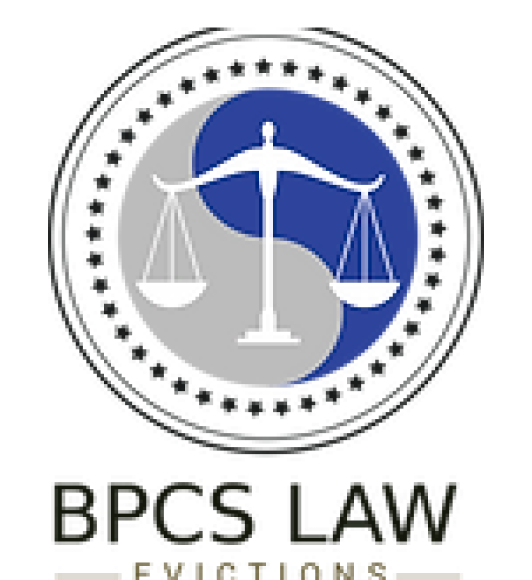What do you do when a tenant stops paying rent, violates the lease, or refuses to vacate the property? Evictions are never pleasant, but they become even more difficult when handled without the right legal steps. Many landlords lose valuable time and money due to eviction paperwork mistakes or skipped legal requirements.
That’s where professional eviction process assistance becomes essential.
At BPCS Law Evictions, we assist attorneys by offering reliable eviction paralegal services. Our goal is to make the legal process easier, faster, and more accurate from start to finish. In this blog, we’ll walk through how to handle evictions step-by-step—so that every notice, document, and appearance is legally sound and professionally handled.
Step 1: Serve a Proper Notice
The eviction process begins with written notice. The type of notice depends on the issue:
- 3-Day Notice to Pay or Quit – For unpaid rent.
- 10-Day Notice to Comply – For lease violations.
- 30/60/90-Day Notice to Vacate – For ending month-to-month agreements.
Make sure the notice is legally formatted and delivered in a manner approved by local laws. Even a small error here can lead to dismissal in court.
Step 2: Wait Out the Legal Notice Period
After serving the notice, we need to wait the required number of days before taking further action. During this time, the tenant has a chance to comply, respond, or vacate.
Step 3: File the Eviction Case (Unlawful Detainer)
If the tenant doesn’t comply within the notice period, we move to file an unlawful detainer lawsuit. This step requires:
- Correct documentation of the lease, notices, and tenant actions
- A properly prepared summons and complaint
- Payment of the filing fee
This is where general eviction services become critical—we help ensure everything is organized and legally correct before submission.
Step 4: Serve Court Papers
The court documents must be personally served to the tenant or legally substituted. Timing and proof of service are key—missing deadlines or serving improperly can delay the case.
Step 5: Prepare for the Hearing
If the tenant contests the case, a hearing will be scheduled. Preparation includes:
- Gathering evidence like rent records, photos, and communication logs
- Drafting statements and witness summaries
- Ensuring all legal forms are in order
This is one of the areas where having professional eviction help makes a big difference.
Step 6: Court Judgment and Possession
If the judge rules in favor of the landlord, a judgment will be issued. A writ of possession can then be requested, which authorizes the sheriff to remove the tenant if they still refuse to leave.
Step 7: Follow Up with Lockout and Property
Once the writ is executed, we can change the locks and secure the property. Be sure to store or handle any abandoned property as required by law.
Want a smoother, legally sound eviction process?
Handling evictions the right way means paying close attention to legal requirements at every step. Whether you’re trying to issue a notice, prepare court paperwork, or finalize possession, every action must be precise and documented. That’s why so many attorneys rely on one of the leading eviction services providers in New York like BPCS Law Evictions.
We offer dependable eviction paralegal services in New York, helping legal professionals and their clients avoid mistakes and delays. For eviction process assistance that keeps everything on track, call now at (310) 421-8625 and let us support your legal team with accurate, timely service every step of the way.
Disclaimer: This blog post is for informational purposes only and does not constitute legal advice. The information contained herein may not apply to your specific situation. Reading this post does not create an attorney-client relationship. For legal advice tailored to your case, please consult a qualified attorney licensed in your jurisdiction.






